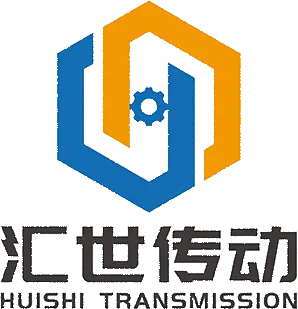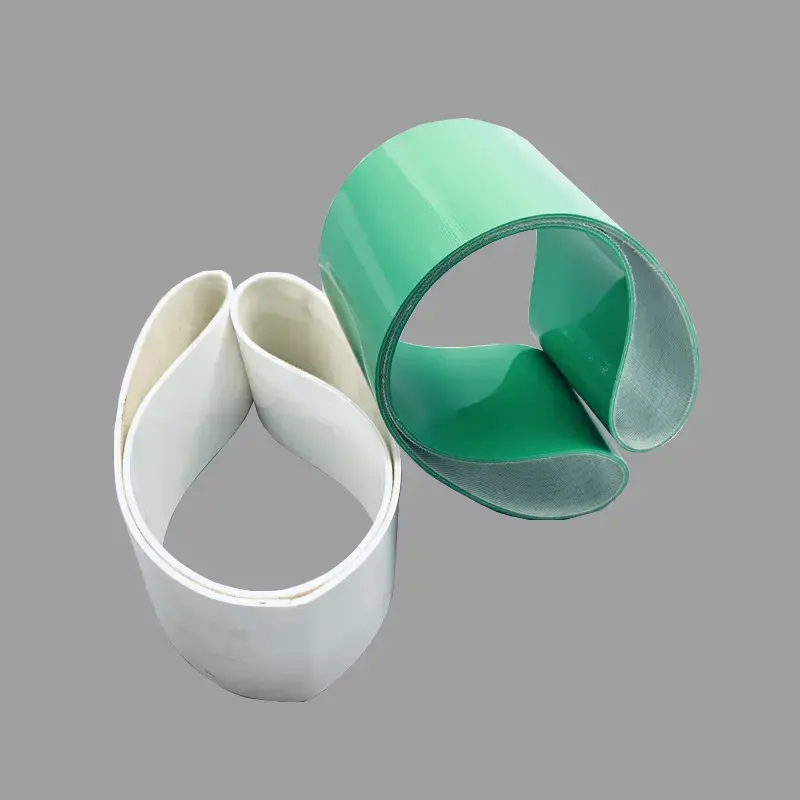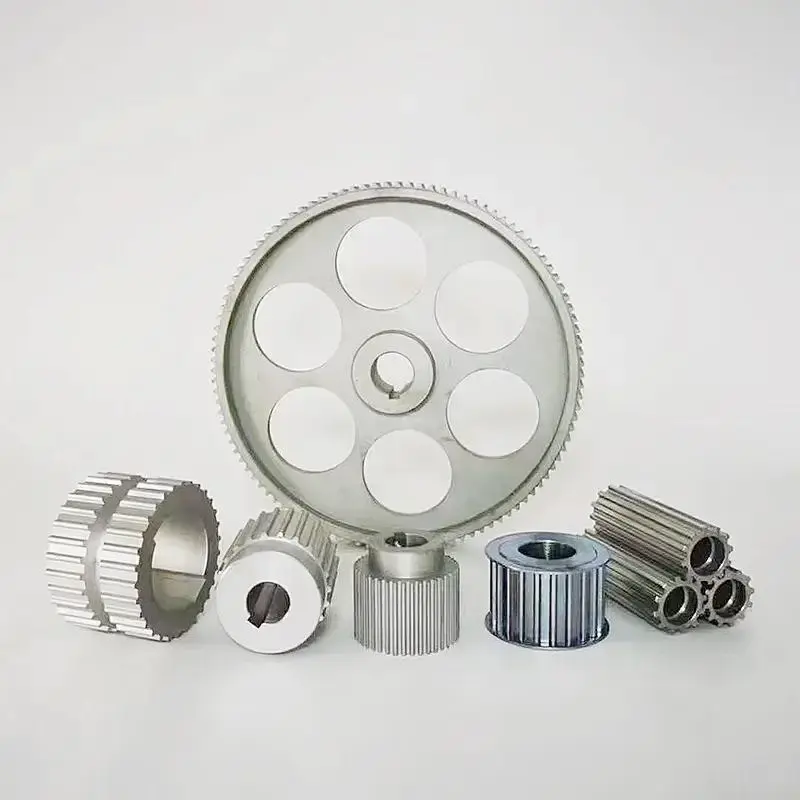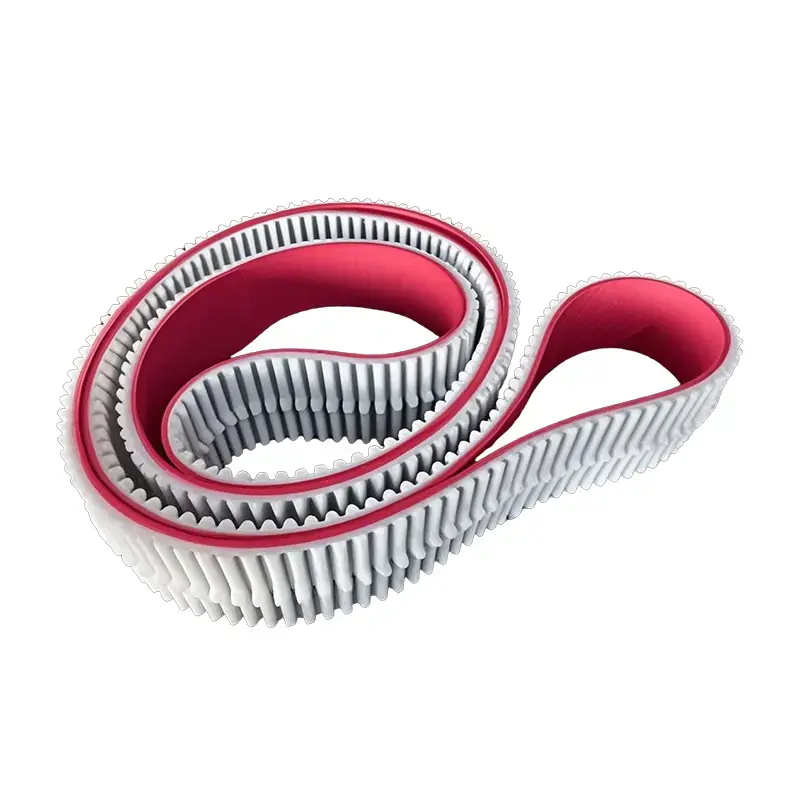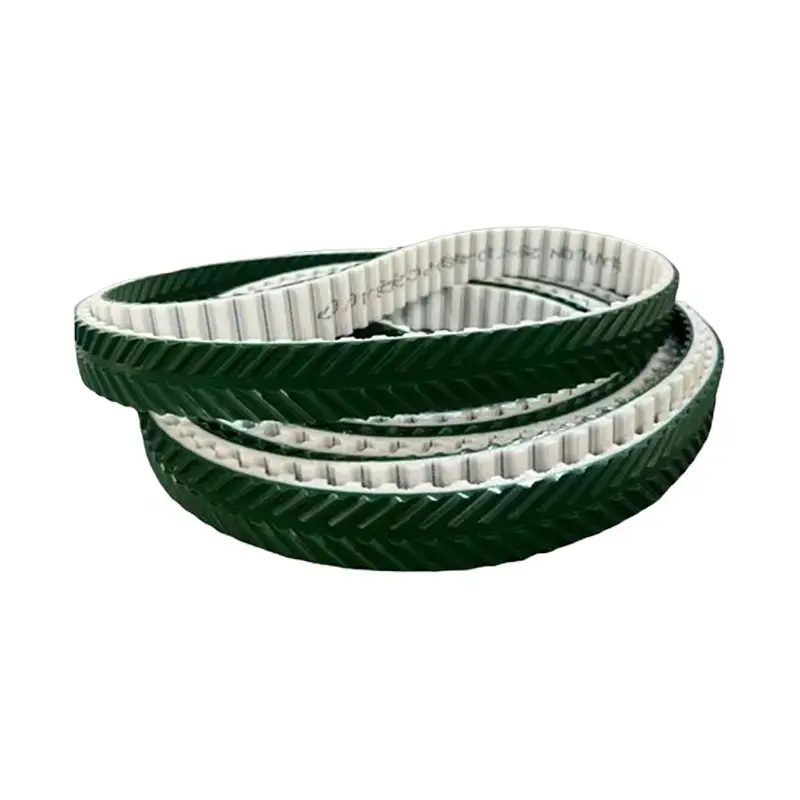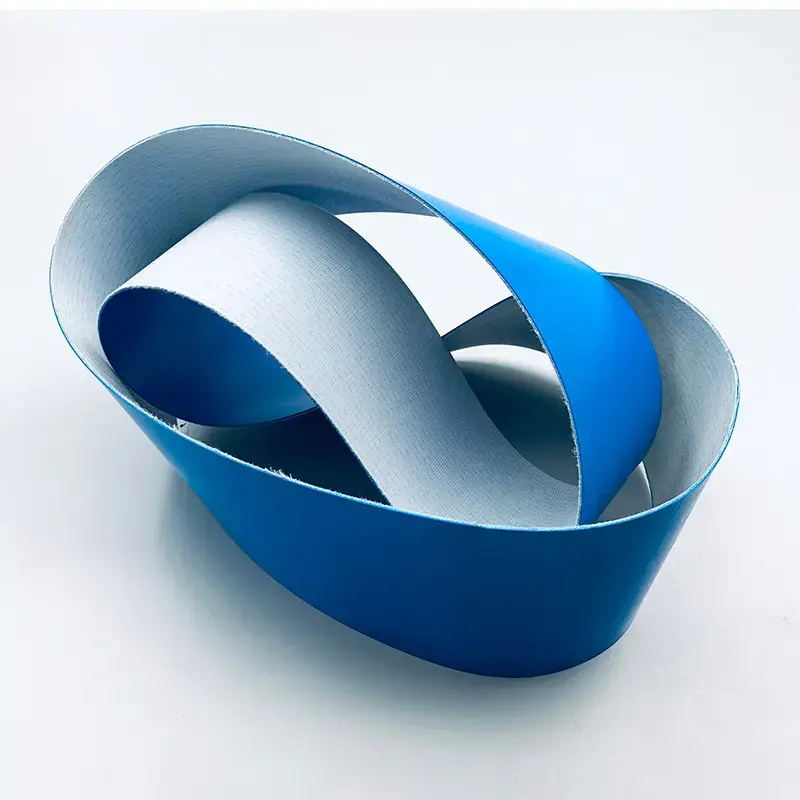 +86-19862000127
+86-19862000127 Belt Drive Tension: The Key to Efficiency, Longevity, and Uptime
In industrial and mechanical systems, belt drive tensionis one of the most critical factors for performance. From powerful Conveyor Belts to precise timing systems, the correct tension is the difference between a smooth-running, efficient operation and a system plagued by frequent breakdowns, premature wear, and energy waste. Understanding and properly managing belt tension isn't just a maintenance task—it's a strategic decision that directly impacts your company's profitability and uptime.
The Consequences of Incorrect Belt Tension
A seemingly minor issue like improper tension can lead to a cascade of costly problems.
Consequences of Under-tensioning:
-
Slippage: A loose belt can slip on the pulleys, leading to a loss of power transmission and a significant drop in operational efficiency. This slippage generates heat, which can damage both the belt and the pulleys.
-
Rapid Wear: Slipping causes excessive friction and heat, leading to premature wear and failure of the belt. This shortens the belt's lifespan and increases replacement costs.
-
Component Damage: The irregular movement and vibration from a loose belt can put stress on other components, such as bearings and shafts, leading to accelerated wear and potential failure.
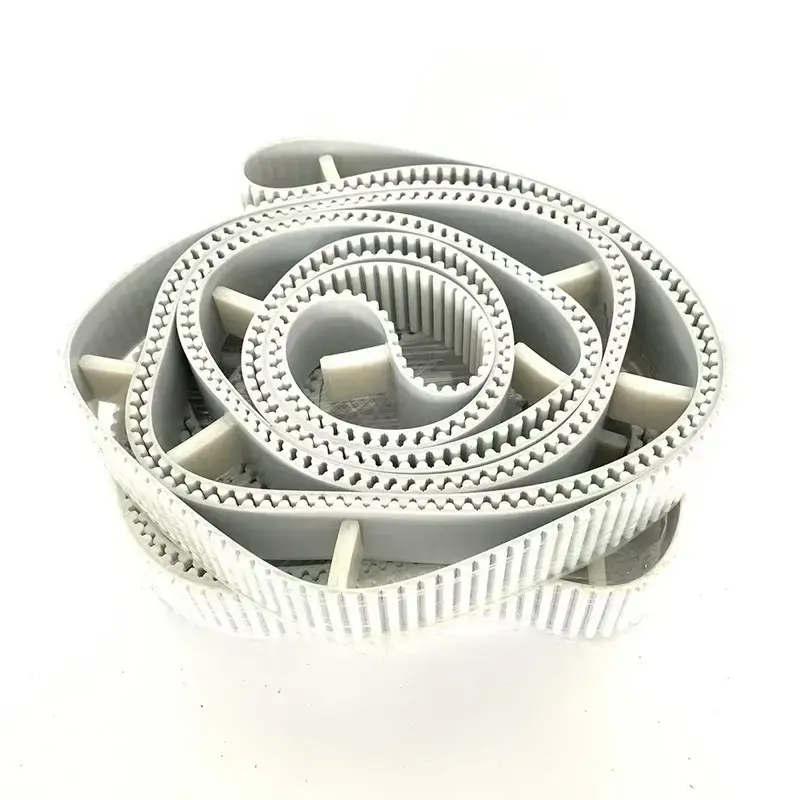
Consequences of Over-tensioning:
-
Bearing and Shaft Damage: An overly tight belt places immense strain on the bearings and shafts of the motor and driven equipment. This stress can cause the bearings to wear out quickly and lead to catastrophic component failure.
-
Reduced Belt Life: While a tight belt won't slip, the constant, high stress can cause the belt's internal cords to stretch, weaken, and eventually break.
-
Increased Energy Consumption: Over-tensioning can increase the friction in the system, forcing the motor to work harder. This leads to higher energy consumption and a less efficient operation.
Best Practices for Proper Belt Tensioning
Properly tensioning a belt drive system is a straightforward process that delivers significant returns on investment.
-
Use a Tensioning Tool: Don't rely on the "feel" method. Use a proper tension gauge or frequency meter to get a precise, repeatable measurement.
-
Follow Manufacturer Specifications: The correct tension for a specific belt and drive system is provided by the manufacturer. Always refer to these guidelines.
-
Check Alignment: Before tensioning, ensure the pulleys are perfectly aligned. Misalignment can cause uneven tension, rapid belt wear, and component stress.
-
Regular Inspections: Belt tension can change over time due to wear or environmental factors. Implement a regular inspection schedule to check and adjust tension as needed.
Conclusion: A Small Effort for a Big Reward
The importance of Belt Drive Tension cannot be overstated. It is a fundamental element of a reliable, efficient, and long-lasting mechanical system. By dedicating a small amount of time to proper tensioning and regular inspection, you can prevent costly breakdowns, reduce maintenance expenses, lower energy consumption, and ensure your operations run smoothly. This simple practice is one of the most effective ways to maximize the performance and longevity of your machinery.
FAQ
Q1: How often should I check the tension on my belt drives?
A1: A new belt should be checked within the first 24-48 hours of operation as it may lose tension. After that, a monthly or quarterly inspection is a good practice, depending on the intensity of the application.
Q2: Can a belt that is too tight cause an increase in energy bills?
A2: Yes. An overly tight belt creates a greater load on the motor and increases friction in the bearings. This forces the motor to draw more power to maintain the required speed, leading to higher electricity consumption and increased energy costs.
Q3: What is the benefit of using a frequency meter to check tension?
A3: A frequency meter provides a highly accurate and consistent measurement of belt tension. It measures the natural frequency of the belt, which is directly related to its tension, eliminating the guesswork of older manual methods.



